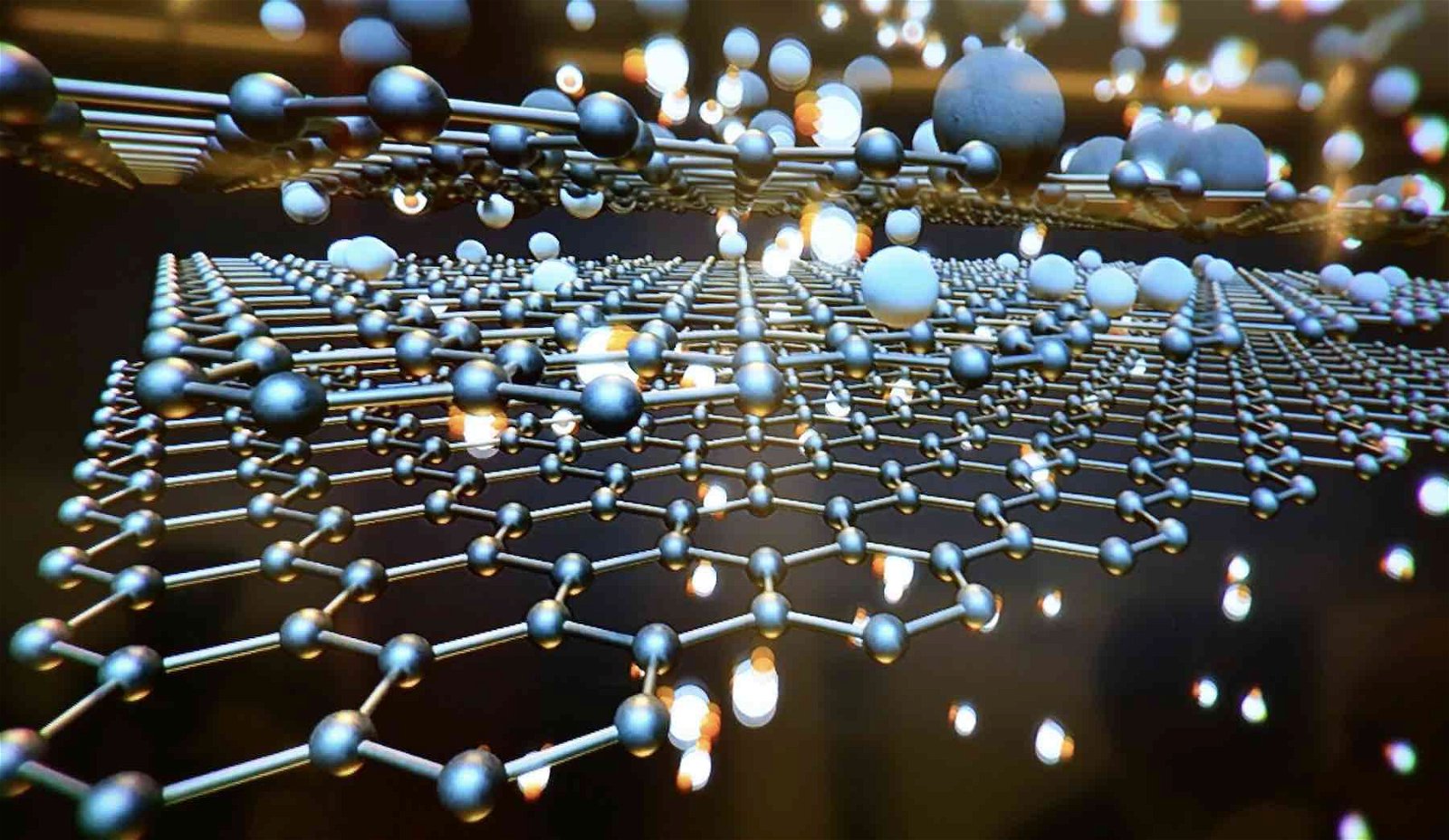Researchers at the University of Toronto say they are closer than ever before to resolving the curious behavior of “strange metals,” metallic phases of matter that display unique properties and which do not operate under the same electrical principles as other metals.
Landau’s Fermi-liquid theory (or simply Fermi liquid theory, as it is often called) is a model used to describe the normal state of most metals as they exist at low temperatures. The theory has its origins with Soviet physicist Lev Davidovich Landau in 1956, and explains why there are at times similarities between ideal Fermi gas—a state of matter composed of several non-acting subatomic particles called fermions—and an interacting fermion system, while in other instances the properties between the two appear to differ.
Electricity results from the flow of electrons through metal conductors like wires. However, when it comes to quantum matter, these particles behave differently, becoming stronger as their charge, orbit, spin, and lattice combine and give rise to complex forms of matter. Fermi liquids are what result from electrons shedding their particle-like characteristics in this way as they begin to display such strange behavior.
Now, according to a team of researchers with the University of Toronto’s Department of Physics and Centre for Quantum Information & Quantum Control (CQIQC), a new theoretical model that describes the interactions between subatomic particles in non-Fermi liquids has been produced, which compliments current theories and takes the next step toward expanding our understanding of “strange metals.”
Arun Paramekanti, a matter physicist and professor in the university’s Department of Physics in the Faculty of Arts & Science, says that the flow of complex fluids through a medium can be difficult to conceptualize.
“Similarly, the flow of electrons in non-Fermi liquids is much harder to study than that in simple metals,” Paramekanti said in a statement.
To help with understanding the movement of such complex fluids, the team says they constructed a model that would allow them to study non-Fermi liquids and their behavior, or what Ph.D. student Andrew Hardy, lead author of a new study detailing the team’s research, calls a tool “to deal with what happens when there is symmetry breaking when there is a phase transition into a new type of system.”
All around us each day, systems undergo changes that result in loss of symmetry, which leads to disruptions in their consistency and the formation of more complex forms, otherwise known as “symmetry breaking.” One of the simplest examples of this is freezing, where water’s symmetry is broken as its phase transitions from liquid water to crystalline ice.
“Describing how this symmetry breaking occurs is hard to do,” Hardy says of working with Fermi liquids, due to the lack of a comprehensive framework that applies to them. In regular, non-Fermi liquids, as their constituent particles approach the point of symmetry breaking, the interactions occurring between electrons increase significantly.
However, the Canadian team’s research offers new perspectives on what occurs when these transitions take place in non-Fermi liquids, which they believe could lead to new ways to manipulate the properties of materials used in quantum technologies, which might include novel graphene devices employing minuscule layers of carbon atoms, as well as high-temperature superconductors capable of operating close to room temperature and still achieving zero resistance.
“Quantum materials exhibit both unusual electron flow and complex types of symmetry breaking which can be controlled and tuned,” Hardy said in a recent statement, calling the team’s success in developing theoretical predictions about changes in such systems, as well as experiments to test them in a lab setting, an exciting prospect.
The team’s paper, “Nematic phases and elastoresistivity from a multiorbital non-Fermi liquid,” by lead author Andrew Hardy, along with co-authors Arun Paramekanti and post-doctoral researcher Arijit Haldar, appeared in Proceedings of the National Academy of Sciences (PNAS).
Micah Hanks is the Editor-in-Chief and Co-Founder of The Debrief. He can be reached by email at micah@thedebrief.org. Follow his work at micahhanks.com and on Twitter: @MicahHanks.

